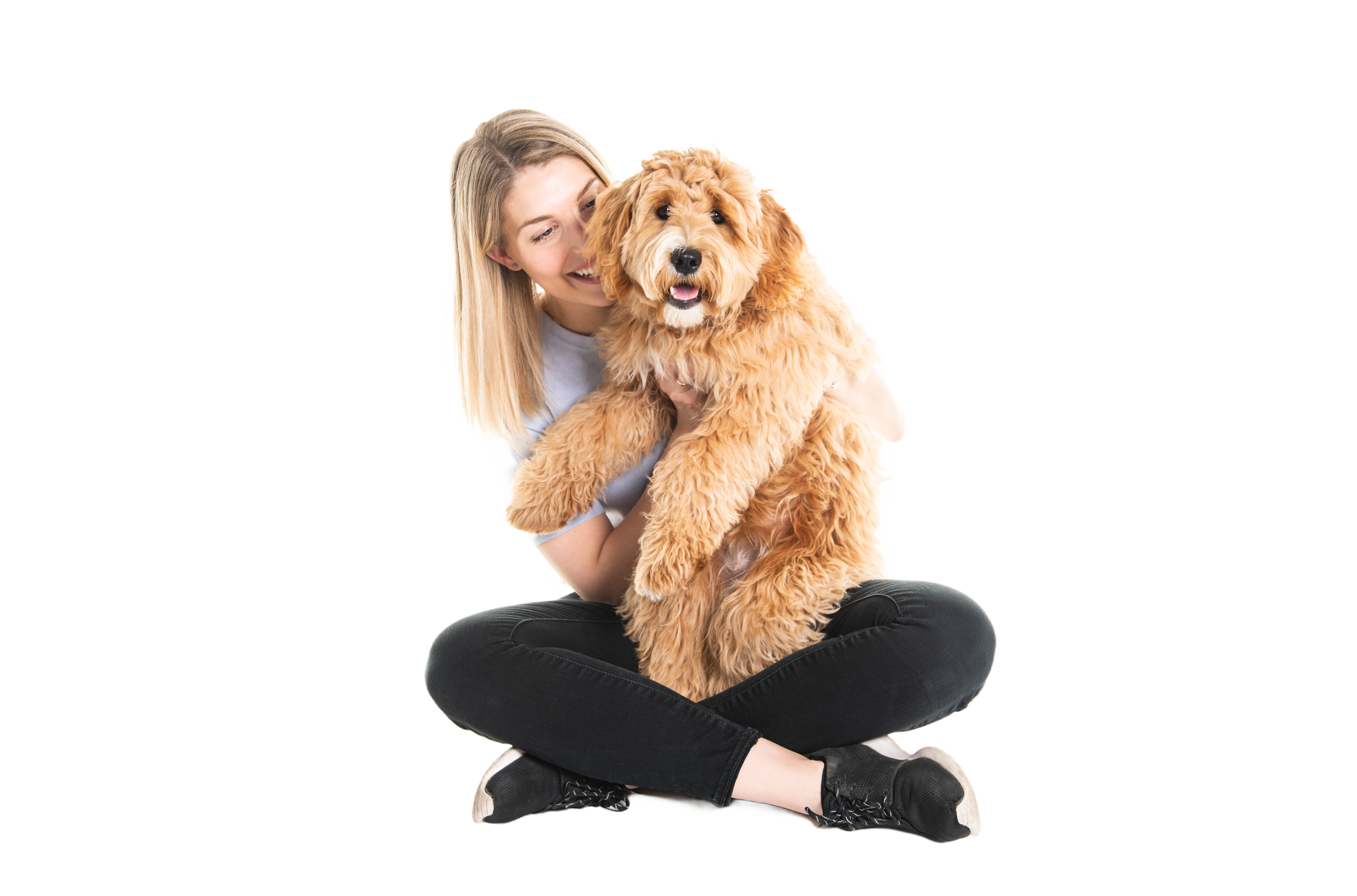With daylight savings around the corner, humans aren't the only ones susceptible to shifts in mood and behaviour. Our furry companions can also experience changes in their well-being, particularly during the darker, colder months. In this article, we'll explore what Seasonal Affective Disorder looks like in dogs, its potential causes, and how pet owners can help their canine friends cope with these seasonal changes.
Understanding Seasonal Affective Disorder in Dogs
Seasonal Affective Disorder in dogs, like in humans, is characterized by a shift in mood and behaviour that occurs during specific times of the year, typically in autumn and winter when daylight hours decrease. Dogs experiencing SAD may exhibit symptoms such as:
- Lethargy and Lack of Interest: Dogs may seem less energetic and enthusiastic about activities they once enjoyed.
- Increased Sleep: They may sleep more than usual and be less responsive to stimuli.
- Changes in Appetite: Some dogs may experience a decrease in appetite, while others may show an increase in food consumption.
- Withdrawal: Dogs may become more withdrawn or less interested in social interaction with humans or other animals.
- Anxiety or Irritability: Some dogs may display signs of anxiety or irritability, such as pacing, whining, or restlessness.
Causes of Seasonal Affective Disorder in Dogs
While the exact cause of SAD in dogs is not fully understood, several factors may contribute to its development:
- Decreased Daylight: Reduced exposure to natural sunlight during fall and winter months leads to a decline in vitamin D synthesis, which can disrupt the body's internal clock and affect mood-regulating hormones in both humans and dogs. Specifically, changes in daylight affect melatonin and serotonin levels, impacting our circadian rhythm and mood.
- Changes in Routine: Dogs are creatures of habit, and alterations to their daily routine, such as fewer outdoor activities due to inclement weather, can impact their mental well-being.
- Genetics: Certain breeds may be more predisposed to seasonal mood changes than others. Breeds with a predisposition to anxiety or sensitivity, such as Retrievers, Bulldogs and Shih Tzus may be more prone to SAD. Recognizing these breed tendencies makes it easier for owners to detect symptoms early and intervene.
Helping Dogs Cope with Seasonal Affective Disorder
Fortunately, there are steps pet owners can take to help their dogs cope with Seasonal Affective Disorder and alleviate its symptoms:
- Increase Exposure to Natural Light: Whenever possible, take your dog for walks during daylight hours and encourage outdoor activities in well-lit areas.
- Maintain a Consistent Routine: Stick to a regular schedule for feeding, exercise, and playtime to provide stability and reduce stress.
- Provide Mental Stimulation: Engage your dog's mind with interactive toys, puzzle feeders, or training sessions to prevent boredom and promote mental well-being.
- Ensure Proper Nutrition: Offer a balanced diet rich in essential nutrients to support your dog's overall health and immune function.
- Create a Cozy Environment: Make your home a comfortable and inviting space for your dog, with plenty of soft bedding, cozy blankets, and a warm, quiet retreat where they can relax.
- Consider Light Therapy: In consultation with your veterinarian, explore the option of using light therapy lamps designed for pets to mimic natural sunlight and regulate your dog's internal clock.
Seasonal Affective Disorder can affect dogs just as it does humans, but with understanding and proactive care, pet owners can help their canine companions navigate these seasonal challenges. By providing ample opportunities for outdoor activity, maintaining a consistent routine, and creating a supportive environment, we can ensure that our dogs remain happy, healthy, and well-adjusted year-round. If you notice concerning changes in your dog's behaviour, don't hesitate to consult with your veterinarian for personalized guidance and support. Together, we can shed light on Seasonal Affective Disorder in dogs and provide the love and care our furry friends need to thrive.




Leave a comment
This site is protected by hCaptcha and the hCaptcha Privacy Policy and Terms of Service apply.